A feasibility study for a Brisbane 55-unit residential apartment building to install rooftop solar and electric vehicle charging stations, completed by New South Wales-based solar comparison business Solar Choice, has resulted in the installation of 40 kW system, with room for future expansion.
Located in Newstead, Brisbane, the 84 Jinko Tiger Neo 60 HL4-V solar panel system was designed to future-proof the building and currently generates solar energy only for common areas, capable o 59,360 kWh per year – but rooftop space allows for additional systems to be installed for individual tenants.
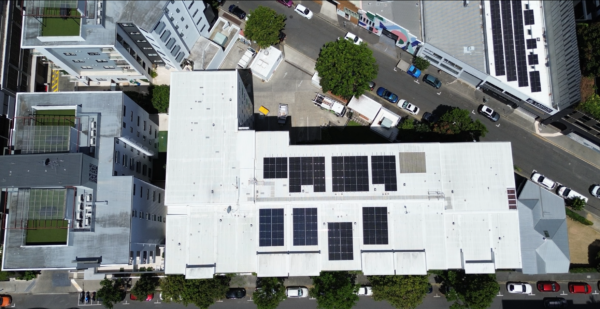
Solar Choice Chief Commercial Manager Matt Lasauce said the 40 kW system is oversized to the owner’s current needs and requirements and will save the owner approximately $12,000 (USD 7,800) a year.
“It’s helping to offset their lift usage, their lighting, their air conditioning and it’s expected that through the EV charging and increased consumption, the 40 kW system will help them into the future,” Lasauce said.
“It is a small system compared the roof space capability, which is quite large, but into the future, if they wanted to tackle individual apartments, they could absolutely do that and install another system to sit alongside the current system.”
A 30 kW Sungrow SG30CX Multi-MPPT inverter has been installed, cage free on an internal basement wall, which is approximately 10 metres from the switchboard.
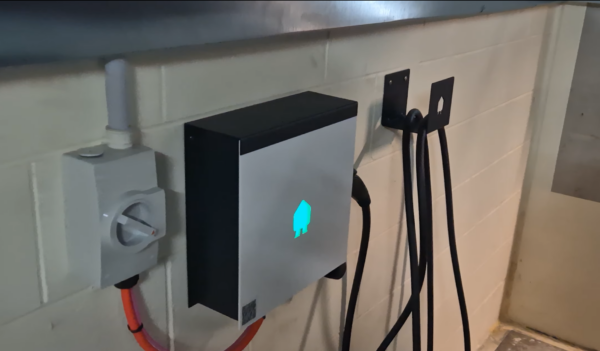
Solar Choice Chief Executive Office Jeff Sykes said the carpark has been fitted with data and electricity cables run across the roof to connect to each parking bays.
“Also, in the main switchboard we have a Smappee load management system, which is capable of communicating with all the chargers in the building and if necessary, throttling them back to remain below the capacity of power that is available to the building,” Sykes said.
Parking bays are fitted with isolators and when ready to install a level 2 charger, which in the case of the install, Smappee EV chargers are installed as the management system is part of the branded solution.
“Also, when designing the roof mounted cable trays through the car park, they don’t change the clearance of the building or drop below any of the other services that already exist in the carpark,” Sykes said.
As the chargers are connected to the common area meter, however, residents do not collectively pay for individual EV charging use.
“The Smappee system records all charges and summarises it on a quarterly basis, and then the strata management will send an invoice to the respective owner, to reimburse the body corporate for the amount of electricity is used, so user pays,” Sykes said.
“The project is reflective of the growing demand for solar and EV charging solutions in residential apartment buildings which have largely been left out of the renewable transition to date. This projects serves as example of how to enable apartment residents to join the EV transition and lower their carbon emission,” he said.
This content is protected by copyright and may not be reused. If you want to cooperate with us and would like to reuse some of our content, please contact: editors@pv-magazine.com.




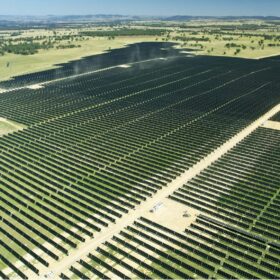
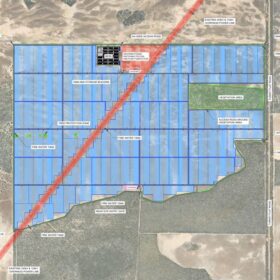
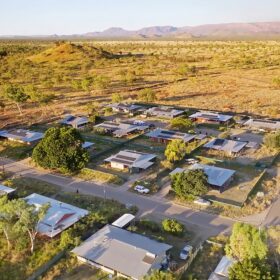
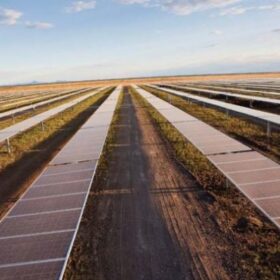
By submitting this form you agree to pv magazine using your data for the purposes of publishing your comment.
Your personal data will only be disclosed or otherwise transmitted to third parties for the purposes of spam filtering or if this is necessary for technical maintenance of the website. Any other transfer to third parties will not take place unless this is justified on the basis of applicable data protection regulations or if pv magazine is legally obliged to do so.
You may revoke this consent at any time with effect for the future, in which case your personal data will be deleted immediately. Otherwise, your data will be deleted if pv magazine has processed your request or the purpose of data storage is fulfilled.
Further information on data privacy can be found in our Data Protection Policy.